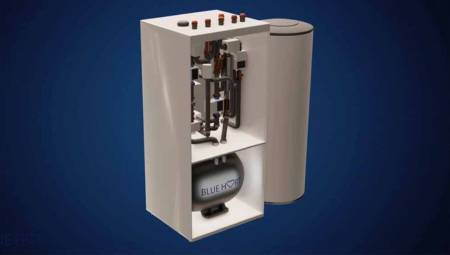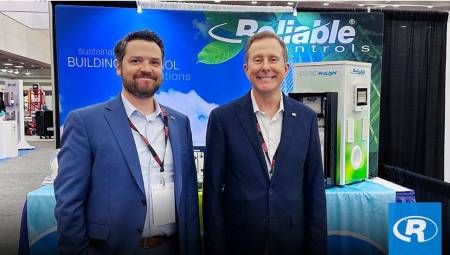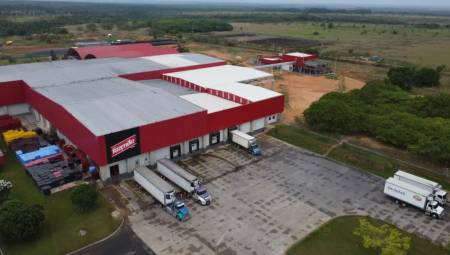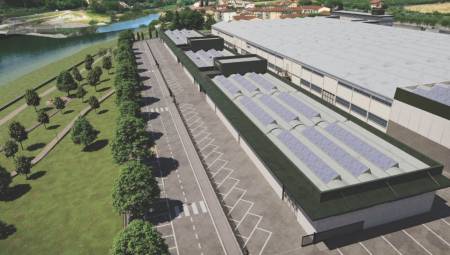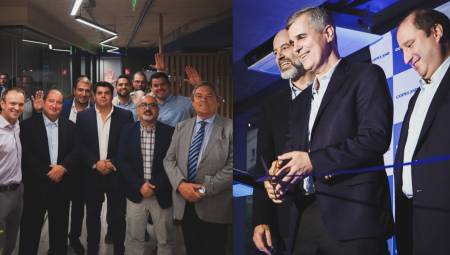International. The global industrial refrigeration systems industry generated $16.62 billion in 2020, and is projected to accumulate $27.21 billion by 2030, growing at a CAGR of 5% from 2021 to 2030, according to the latest report by Allied Market Research.
Guides, restrictions and opportunities
Increasing adoption of eco-friendly and energy-efficient refrigerants, growth of the pharmaceutical sector, and increasing cold storage infrastructure in developing economies have driven the growth of the global industrial refrigeration systems market. However, strict regulations on the use of refrigerants and high energy costs for the operation and maintenance of industrial refrigeration units hinder the growth of the market. On the contrary, the use of IoT-enabled cooling solutions for equipment monitoring is expected to open up new opportunities for market players in the future.
Covid-19 Scenario
The Covid-19 pandemic adversely affected the manufacturing industry and the global economy. In addition, the blockade in Asian and European countries halted production and investment plans.
Additionally, the prolonged shutdown disrupted the supply chain and reduced demand for industrial refrigeration, as most manufacturing facilities are not operating at full capacity.
The evaporative cooling segment had the lion's share
By product type, the evaporative cooling segment dominated the market in 2020, accounting for nearly two-fifths of the global industrial cooling systems market, due to its higher efficiency and economic value than refrigerated systems. However, the air cooling segment is forecast to register the highest CAGR of 6.0% during the forecast period, due to increased government initiatives in developing countries such as India and increased demand for industrial air cooling systems.
Refrigerated transport segment will have the highest CAGR until 2030
By function, the refrigerated transport segment is expected to show the highest CAGR of 5.9% during the forecast period, due to the growth of the food processing industry and the requirement of strict temperature control for the transportation of pharmaceuticals and biopharmaceuticals. However, the stationary refrigeration segment held the largest share in 2020, contributing to more than two-thirds of the global industrial refrigeration systems market, due to the increasing purchasing power of the middle-income population and increasing Internet penetration in developing countries.
Asia-Pacific, followed by North America, had the largest share
By region, the global industrial refrigeration systems market in Asia-Pacific, followed by North America, had the largest share in 2020, accounting for more than two-fifths of the market, owing to the availability of labor and low-cost manufacturing. However, the LAMEA market is expected to manifest the highest CAGR of 6.7% during the forecast period, owing to the increase in business activities and the growth of the manufacturing industry on the African continent.





